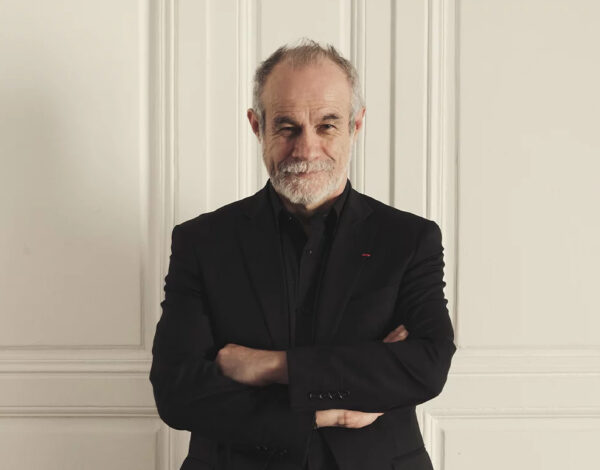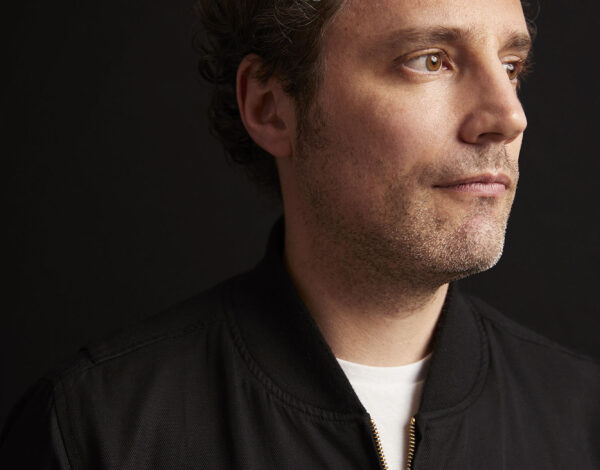RaivioBumann & Parkly is partnering with the City of Helsinki to integrate placemaking into a suburban regeneration project
Thriving public places are the key to a socially sustainable and liveable city. Creating and maintaining popular and meaningful places is an essential task for urban planners and designers as cities become denser. This is best done by tapping into the potential of the place by working together with the community.
The philosophy and methodologies of placemaking are in the DNA of our practice; the design of Parkly modules is inspired by years of placemaking experience and ideas from RaivioBumann projects. Thanks to actors like Project for Public Spaces and Placemaking Europe, placemaking is becoming a worldwide movement that helps develop urban areas and neighbourhoods in a socially sustainable way with a focus on public places. We are proud to be at the forefront in the process of developing a public placemaking model here in Helsinki.
This summer, we led a placemaking project at Ylä-Malmi market square in the Malmi neighbourhood in North-Eastern Helsinki. It started in summer 2021 with a smaller urban space experiment for the Helsinki city innovation company Forum Virium. The results of the experiment, and especially how the project demonstrated the potential of placemaking in urban development, led to the continuation of the project. This year it grew in size and amount of activities and has continued to act as a platform for interaction between local communities and urban planners. We have also extended the collaboration with local stakeholders including Helsinki City Theatre outreach work, local associations and small businesses to create ways to activate the place together.
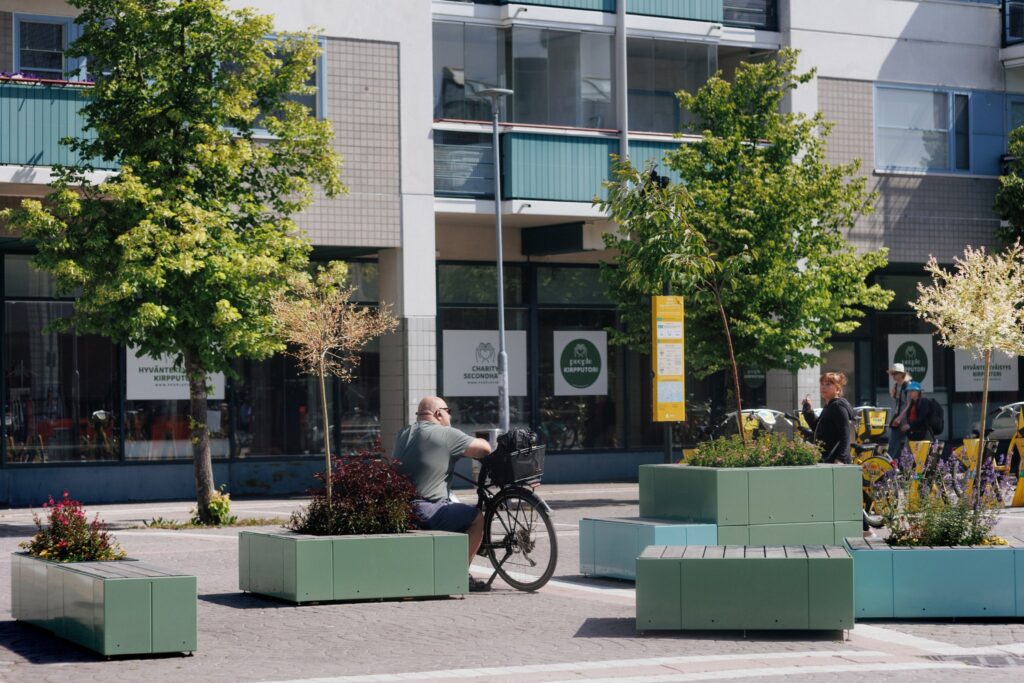
We work directly with the Helsinki Urban Environment Division who are working on steering the future direction of Malmi which is one of the neighbourhoods in Helsinki undergoing a suburban regeneration project in the upcoming years. The commitment of the project director Kimmo Kuisma, who leads Malmi district’s suburban regeneration, has been key to ensuring the integration of the placemaking process into city planning and securing the funding of the placemaking project.
The upcoming changes in the population, housing, services and streetscapes call for the care and replanning of existing public places with the communities around them. Salla Ahokas project manager for placemaking at the City of Helsinki highlights the importance of this partnership in terms of changing the course of how our districts are planned.
“From the city planning point of view placemaking is a useful tool in enabling collaborative change when it is used at a correct time. Many central public spaces are due for renovation in Helsinki’s suburban regeneration areas and present a good opportunity to think about the future potential of these spaces together with their users – the residents. Testing different design solutions and activating spaces through community events before more permanent change happens, opens a time window, during which we can gather useful information about the space and generate new ideas. I believe this approach will result not only in better end solutions but also in new local synergies that will sustain these places as lively and meaningful local spaces”, Ahokas
says.
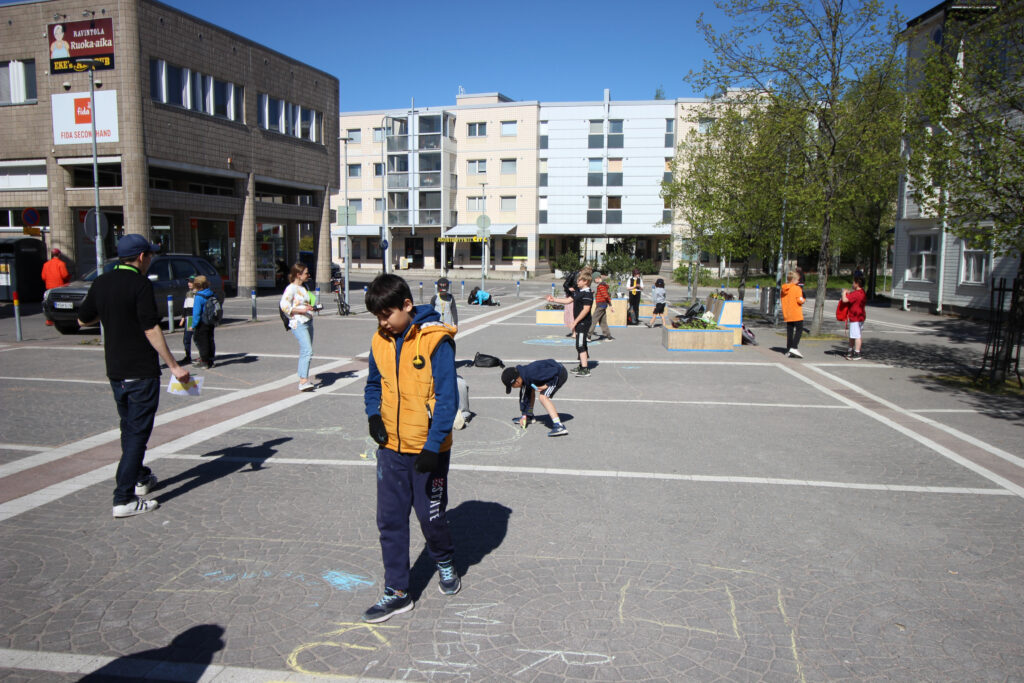
Working towards “our city”
Placemaking is centered around local communities’ needs, ideas and cultures, ideally constituting both bottom-up and top-down processes. In Malmi, the placemaking project is bringing together the city-led and people-led placemaking in a way that benefits the overall objectives of the project. The processes are parallel in a way, which strengthens participation, activation and ownership of the square.
As Hans Karssenberg, board member in Placemaking Europe and partner in STIPO said in his opening speech of Placemaking Week Europe conference 2022: both bottom-up and top-down approaches are needed. As a placemaking expert, Hans highlights the connection people can have to places and how to create possibility deepening that connection: “To turn functional spaces into places we love, and that function as a true heart of the community, as a place of social meeting, we need the community to co-create. If the people around a place adopt it, put their love into it, organise activities, then it comes to life. The government is needed to support this, observe and learn how they can facilitate this with design and management. They can invest for the long term based on people’s dreams and local culture. In this process, we need both the knowledge of what is happening in the place from the community, as well as the professional wisdom on how to design climate friendly, inclusive and high quality public space.”
Successful placemaking process essentially includes genuine and durable interaction with local stakeholders. For planners and facilitators, it means committing to spend enough time in the local space in order to allow for true participation to take place, also spontaneously. The project in Malmi has involved various forms of participation to get an in-depth overview about the local matters, dynamics of a place and the community. We have carried out workshops, surveys, short interviews and observations with a special focus on children and young people to make sure that the renewed square is a friendly place for all age groups. During the Malmi market day in August 2022, the planners were present at the square to engage in discussions with locals.

The key objective of the project is to gather knowledge and broaden what we understand as a liveable square and involve the community in the process – while making some of the improvements already and testing them. The Parkly pocket parks add more greenery and seating to increase stay and informal gatherings. Many locals also wish for more market life and ideation is in process: in addition to traditional market stalls there could be more events, pop-up actions, open flea markets and cultural events. All this increases footfall and the mix of people and supports local businesses too.
The work has carried a lot of positive results and important information for the planning of the square. Most importantly the visible actions during the project work as a platform for interaction and increase participation, seeing the change and learning about the future changes is creating more opportunities for bottom up actions too.
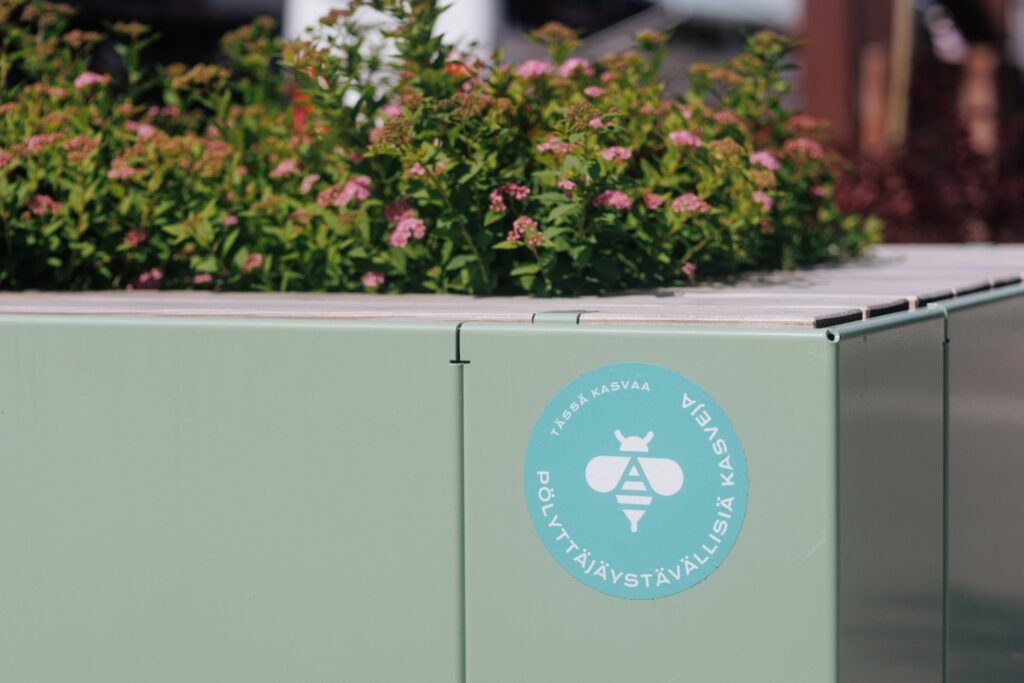
Measurable change
Helsinki is serious with its placemaking undertakings. The City Strategy calls for improving public spaces and urban experience towards a stronger place identity in different areas.
The Malmi placemaking project is part of a wider initiative led by Chief Design Officer Hanna Harris to build a placemaking model for the City of Helsinki. The aim is to see how and when the City can best enable or be part of co-creation of key public spaces. This Spring Helsinki also joined the Placemaking Europe network in order to learn from and share with other cities who are working on improving how they can support placemaking.
“In order to build better cities we also need to be able to experiment. In best cases, experiments feed invaluable data into longer-term design processes whilst making for a better everyday experience of the city. And in order to experiment, city governance itself needs to be able to transform and build creative collaboration from within”, Harris says.
In order to work strategically, the Malmi placemaking project has also been used as an opportunity to study the effects of placemaking by harvesting data. Data helps in decision making as well as planning relevant experiments for different settings, for instance demographic data can be a starting point: how can we create public places which would attract the high number of families in the area?
In the Malmi project, our earlier partner Forum Virium Helsinki has continued to test with different data harvesting models to form an understanding of what are the most relevant methods and objectives. CHAOS has been analysing the footfall data of the square and for example, Malmi Market Day was measured as the busiest day of the summer on the square.

Also the urban research and innovation practice SpinUnit carried out research on the placemaking project and found some interesting results: ”Placing elements of biodiversity in public space opens new corridors for natural life to reorganise itself and regain vitality. This promotes holistic well-being, from the health benefits of biodiversity transfer to improving mental health.In our study of Ylä-Malmin-Tori, we witnessed how even small-scale interventions can increase contact between people and nature and benefit from its restorative power. By strengthening nature, we strengthen society.”, Damiano Cerrone from SpinUnit concludes. His observations further highlight that small-scale actions can truly be purposeful and create visible signs of the large-scale change we need and are working towards in our cities.
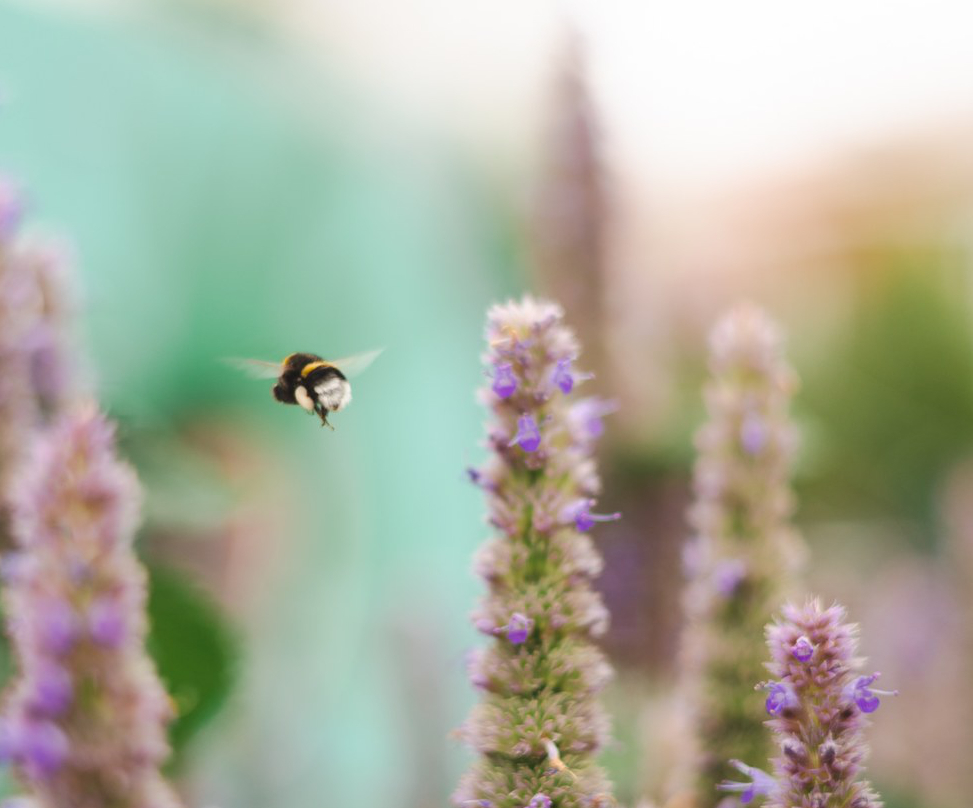
Revitalising neighbourhoods, one step at the time
Market squares and public squares in general are vital places for people to come together, meet others and enjoy the urban life. It’s been wonderful to see that the project is growing organically as it continues: people are more familiar about the purpose of placemaking; the Market Day has a great potential to become a regular, community-led event; kids are much more present on the square; there has been no or very little vandalism which builds up trust and positive sense of ownership; more greenery has attracted both people and pollinators to visit the square – and more. This is an ongoing process which helps to create elements for place identity for the future square.

It’s really exciting for us to be a part of this journey because this project and suburban regeneration project are aligned and there is a possibility to continue the placemaking process in different ways all the way to the renovation of the new square. Most importantly the planners are committed to urban experimentation and to the place-led information this process is producing. Together with the urban planners and city officials, we are working together to hopefully make a systemic change in how we operate, design and live in our public spaces. As Salla Ahokas says, “As we test placemaking approaches through different pilots we will start to see placemaking as a normal planning and design tool for co-creating great public spaces in Helsinki.”
Visit the sunny Market Day event by watching this short video.
Read more about the metrics for urban space experimentation by SpinUnit and Miltton for Forum Virium.
Read more about design in Helsinki.
Project team:
Päivi Raivio, project manager, urban designer, facilitator, RaivioBumann & Parkly
Jalmari Sarla, urban designer, researcher, facilitator, Parkly
Salla Ahokas, project manager, City of Helsinki

